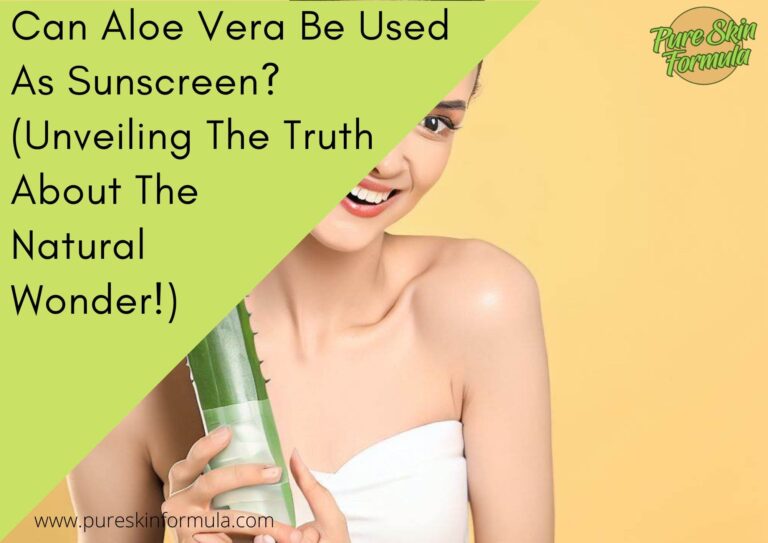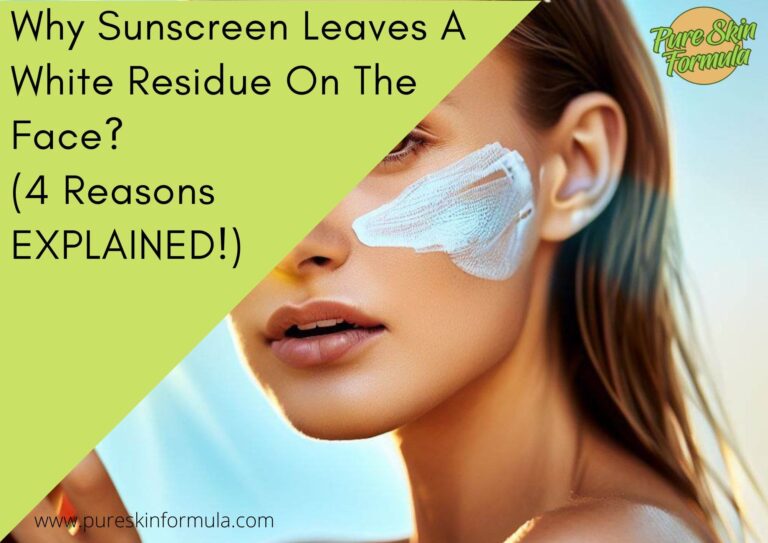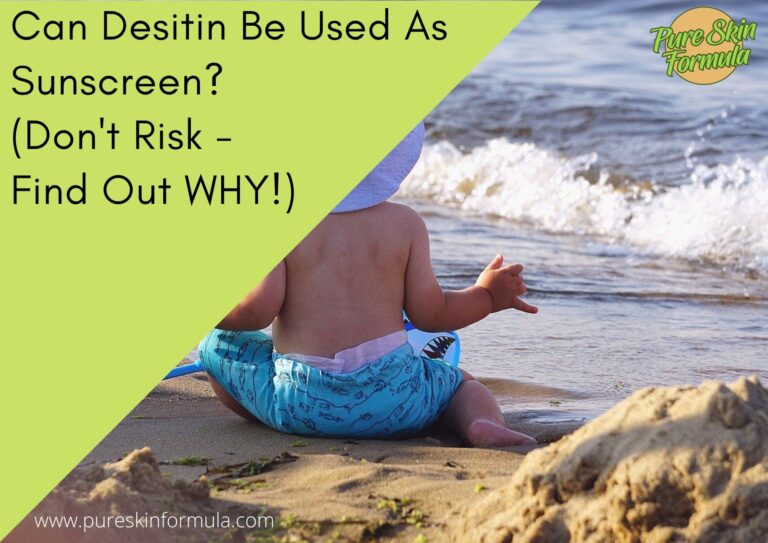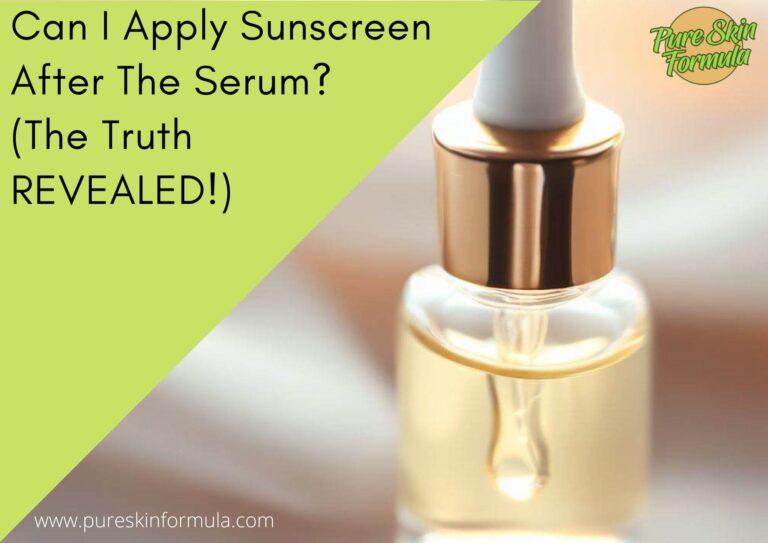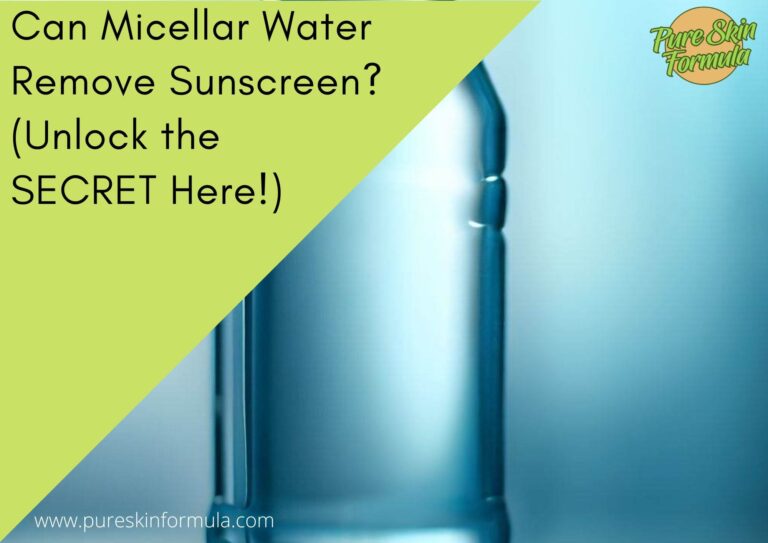Have you ever wondered why your sunscreen feels hot on your skin? It’s a peculiar sensation that often leaves us puzzled, seeking answers to this burning question.
In this blog post, I will explore the science behind why sunscreen can feel hot and the factors contributing to this unique experience. I’ll uncover the secrets hidden within those SPF-packed bottles and unravel the mysteries of heat perception.
If you’re ready to understand why your sunscreen sizzles, keep reading.
By the end of this article, you’ll gain insights that will empower you to make informed choices about sunscreen and ensure a comfortable and protected sun-kissed experience.
Why does sunscreen feel hot?
Sunscreen can sometimes feel hot due to four factors.
- The absorption and conversion of UV radiation by the active ingredients in the sunscreen. It absorbs the energy and converts it into heat. You can feel it as a warm or hot sensation on the skin.
- Some chemical reactions can occur between the sunscreen ingredients and the skin, leading to a temporary heat sensation.
- Skin sensitivity and individual reactions can also affect how sunscreen feels on the skin, as some people may be more prone to experiencing heat or irritation.
- Environmental factors, such as high temperatures or sun exposure, can further intensify the heat sensation. It is usually temporary and subsides after a short period.
Let’s elaborate on this.
Which factors influence heat perception?
When you apply sunscreen, your skin acts as a barrier between the sun and the underlying tissues. Some of its energy is absorbed, leading to a temporary heat sensation.
This absorption process is influenced by factors such as the type of sunscreen ingredients, their concentration, and skin condition. The more sunlight is absorbed, the more heat is generated and transferred to the skin, intensifying the sensation.
Sunscreen contains various chemical compounds that work together to protect your skin from the harmful effects of the sun’s rays. When they interact with your skin, some reactions can occur, which may result in a heat sensation.
These reactions are usually harmless and a normal part of the sunscreen’s function. However, some of us may be more sensitive to these reactions, leading to a more robust perception of heat.

Everyone’s skin is unique. Some people may have more sensitive skin that reacts strongly to certain sunscreen ingredients.
Skin type, allergies, and previous skin conditions can also contribute to the varying heat perception. Pay attention to your skin’s reaction and choose sunscreens to suit your needs.
The environment plays a significant role in how sunscreen feels on your skin. High temperatures, humidity, and sun exposure can all contribute to an increased perception of heat.
For example, when you apply sunscreen on a hot summer day, the combination of the ambient temperature and the heat generated by the sunscreen can make it feel hotter on your skin.
Similarly, the moisture on your skin can affect heat transfer and make the sunscreen feel warmer in a humid climate.
If you find the heat sensation to be persistent or accompanied by other adverse reactions, it’s advisable to consult a dermatologist for personalized guidance and recommendations.
How do ingredients interact with the skin?
The active ingredients in sunscreen play a crucial role in protecting your skin from harmful UV rays.
However, some can also contribute to the sensation of heat upon application. Certain chemical filters, like avobenzone or oxybenzone, can undergo chemical reactions when exposed to UV light, which can generate heat.
On the other hand, physical blockers, such as titanium dioxide or zinc oxide, work by reflecting or scattering UV rays away from the skin, resulting in less heat generation than chemical filters.
Understanding the active ingredients in your sunscreen can help you choose one that suits your preferences best.
Apart from the specific ingredients, the overall formulation of the sunscreen can also influence heat perception. The combination of ingredients, their concentrations, and additional additives can affect how the sunscreen feels on the skin.
For example, some formulations may contain moisturizers or emollients that can enhance the spreadability of the sunscreen but may also contribute to a slightly warmer sensation upon application.
How is the heat generated?
One of the primary mechanisms by which sunscreen generates heat is through the absorption and conversion of UV radiation. Some sunscreens contain specific molecules called chromophores, responsible for absorbing UV rays.
When these chromophores absorb UV radiation, they convert it into different forms of energy, including heat. This conversion process is a natural consequence of the sunscreen’s ability to protect your skin from the damaging effects of the sun.

Sunscreen ingredients can change when exposed to UV radiation and heat. Some ingredients, particularly those in chemical filters, have limited photostability, meaning they can degrade upon exposure to UV light.
As a result, these ingredients can release energy as they break down.
Thermal decomposition can also occur when sunscreen ingredients are subjected to high temperatures, generating heat. The thermal conductivity and insulation properties of sunscreen can also contribute to the sensation of heat.
For example, thicker or occlusive formulations can trap heat close to the skin, creating a warmer sensation. Conversely, sunscreens with lighter or more breathable formulations may dissipate heat more efficiently, reducing the perceived warmth.
What about allergic reactions?
Sometimes, the heat sensation experienced when using sunscreen may be due to an allergic or irritant reaction. Some people may have sensitivities or allergies to specific sunscreen ingredients, such as fragrances or preservatives.
These reactions can show up as redness, itching, or a warm sensation on the skin. Knowing your allergies or sensitivities and carefully reading the sunscreen ingredient list is essential.
Opting for fragrance-free or hypoallergenic sunscreens may help minimize the risk of such reactions.
Does exposure to heat matter?
Exposure to heat can impact the stability and effectiveness of sunscreen over time.
It can undergo degradation when the product is subjected to high temperatures, such as being left in a hot car or exposed to direct sunlight for extended periods.
This degradation can alter the chemical composition of the sunscreen, potentially leading to changes in its properties, including heat generation.
It is advisable to store sunscreen in a cool and dry place and avoid leaving it in hot environments to maintain its integrity.
Tips to minimize heat sensation
Look for sunscreens labeled as “fragrance-free,” “hypoallergenic,” or “suitable for sensitive skin.” These formulations often contain milder ingredients, less likely to cause irritation or amplify the heat sensation.

Consider sunscreens with physical blockers like zinc oxide or titanium dioxide, as they generate less heat than chemical filters.
Applying an adequate amount ensures that the sunscreen is evenly distributed on your skin. Follow the recommended guidelines, typically using about a shot glass-sized amount for your entire body.
Applying too little may lead to incomplete coverage and potential concentration of the sunscreen, increasing the heat sensation in those areas.
Physical alternatives, such as clothing with UPF (Ultraviolet Protection Factor), wide-brimmed hats, and seeking shade during peak sun hours, can provide adequate sun protection without sunscreen.
Final thoughts
The heat sensation we experience when applying sunscreen results from various factors.
It can stem from the skin’s absorption and energy transfer, chemical reactions between sunscreen ingredients and the skin, individual skin sensitivity, and environmental influences.
While it may be a temporary and tolerable sensation for most people, understanding these factors allows us to make informed decisions when selecting and using sunscreen.
By choosing products with the right ingredients for sensitive skin, applying them in appropriate amounts, and considering alternative sun protection methods, we can minimize the heat sensation while still enjoying the benefits of sun protection.
So, next time you reach for that sunscreen bottle, remember the science behind the heat and stay comfortably protected under the sun.
Thank you for reading!
Valeria


